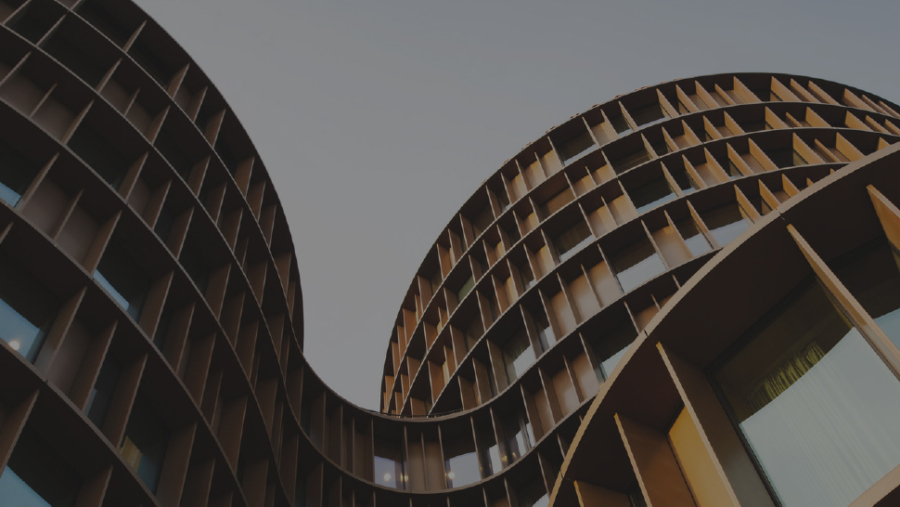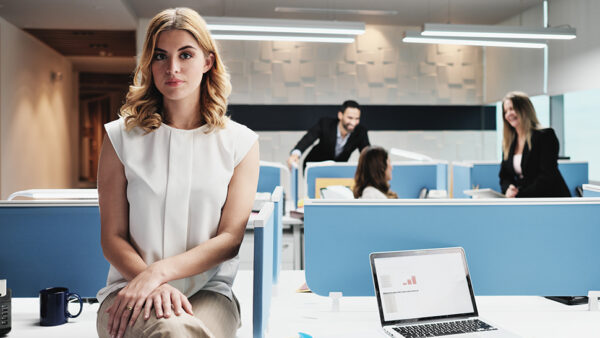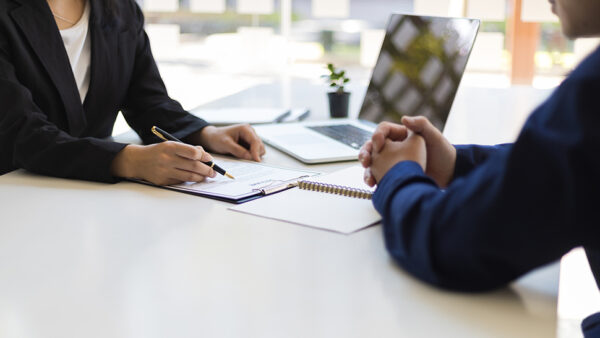

Both employers and employees are enjoying gains from the work-from-home scenario. So why, if at all, do we need to return to the office? And if we do, what needs to change?
We all have unique needs, but there is one thing that unites us all: we are social creatures. We operate best when we feel a sense of belonging, of purpose, and of place. And through this some of us develop lasting friendships, some of us produce better results when we collaborate, and some of us learn best when we can see our mentors in action. But what these things all have in common is that they are face-to-face engagements.
As part of our new research, published in our Future Workspaces report, we spoke to an office designer and an architect to get the nitty gritty of what big changes to established practices would look like in reality.
We asked Kelly Stanton, Head of Design for professional consultancy firm Novus, for her take on the 2021 office:
“Consider where the magic used to happen in your work days, and where it’s missing now. Do you remember those big meetings, where a few of you would stay behind afterwards, to debrief and continue the conversation? That’s where the real collaboration was, and where the best ideas were generated. You can’t do that on Zoom. The end of a call is the end of a call. There is no stolen space for informal interaction.”
Michael Stokes, our Head of Employment, foresees another challenge altogether:
“Talent development is almost impossible to do from a distance. Experiential learning, not to mention job shadowing, is so key to the development of junior staff that it would become a roadblock in a 100% work- from-home society. 2021 needs to see some return to what was previously the norm, for the sake of the next generation of workers.”
But to work, next year’s offices need to face two major issues, says Kelly:
“The first is hyper-flexibility. We need larger, project-based rooms which focus on collaboration and the things you can’t get at home. Overspill areas to facilitate those magic moments. Flexible and adaptable environments, like moving walls. Fewer individual workspaces, more zoned spaces for groups and more ways to use these spaces.
“The second is de-stressors. We are living through the most stressful sustained period of most of our lives, and we don’t need to be reminded of this every time we look up and see a plastic screen. Alternative seating arrangements negate the need for this. Softer acoustics will boost wellbeing. More biophilic design, which uses the inherently calming elements of nature, can help keep us positive, productive, and effective. These are small changes, with big impacts, beyond the immediate health concerns.”
The post-Covid office therefore may require changes in many areas; structure, interior renovation, leasing negotiations, company policy document, working arrangements. It will become a change management project of its own accord this year, and we’re here to help.
We would also like to give you access to the full 95-page Future Workspaces report, of which office design is one of many topics discussed and debated. Download your free copy here.










